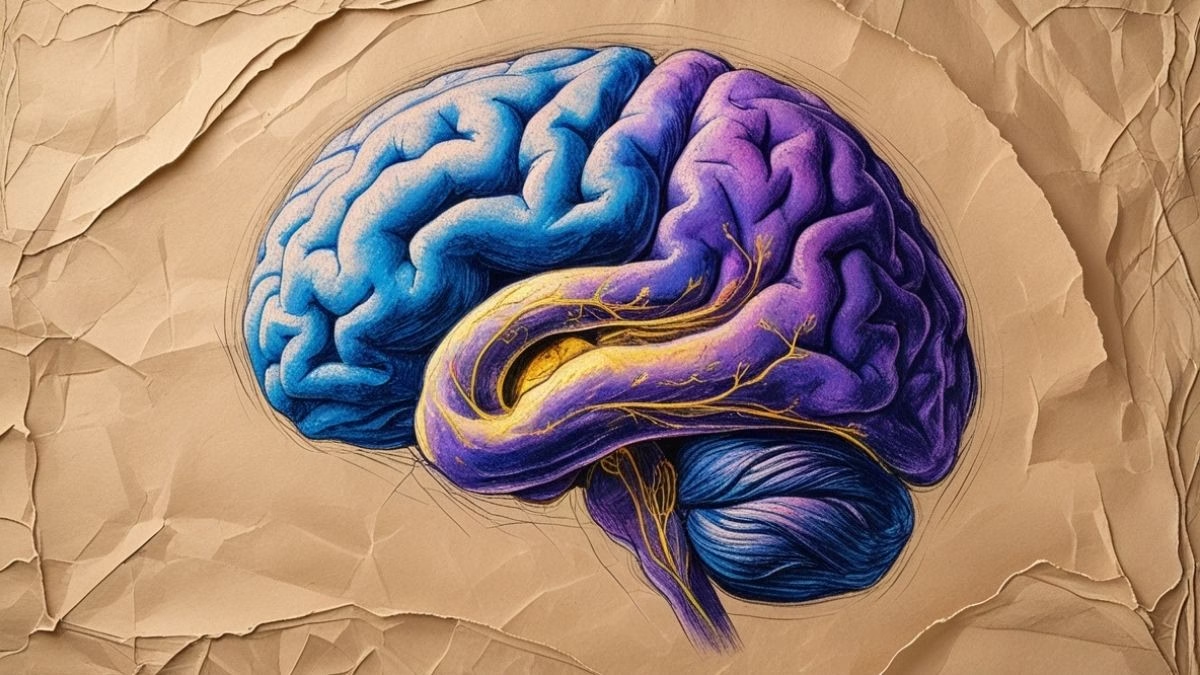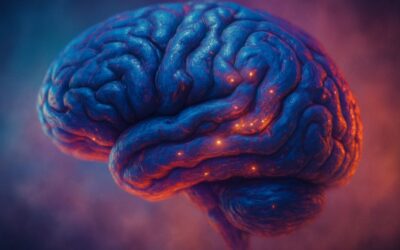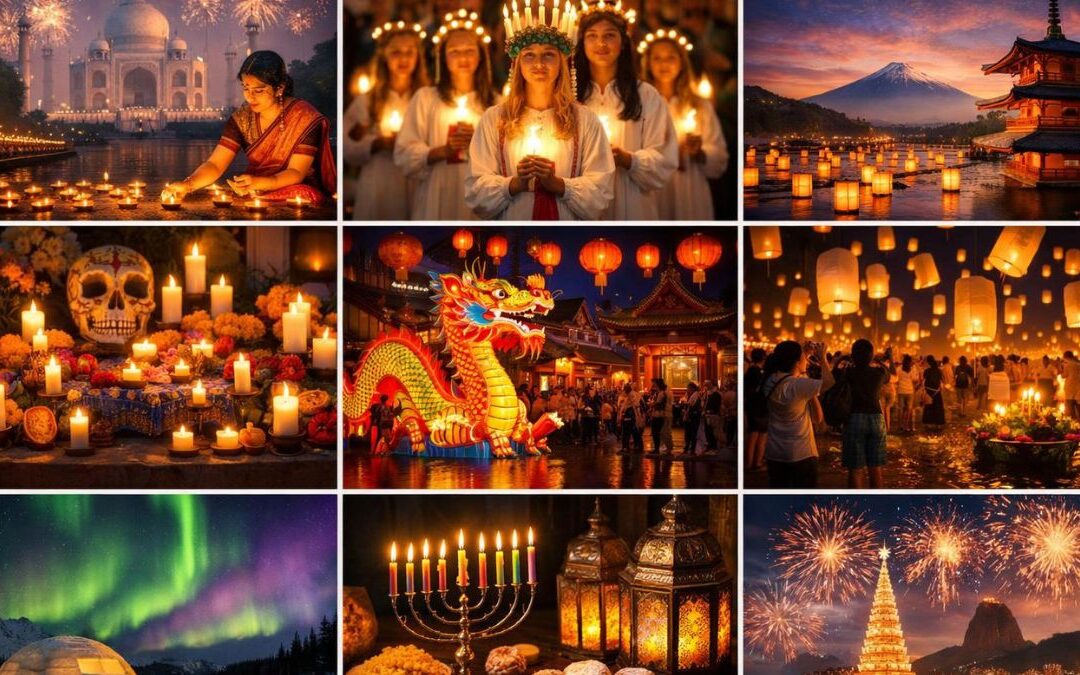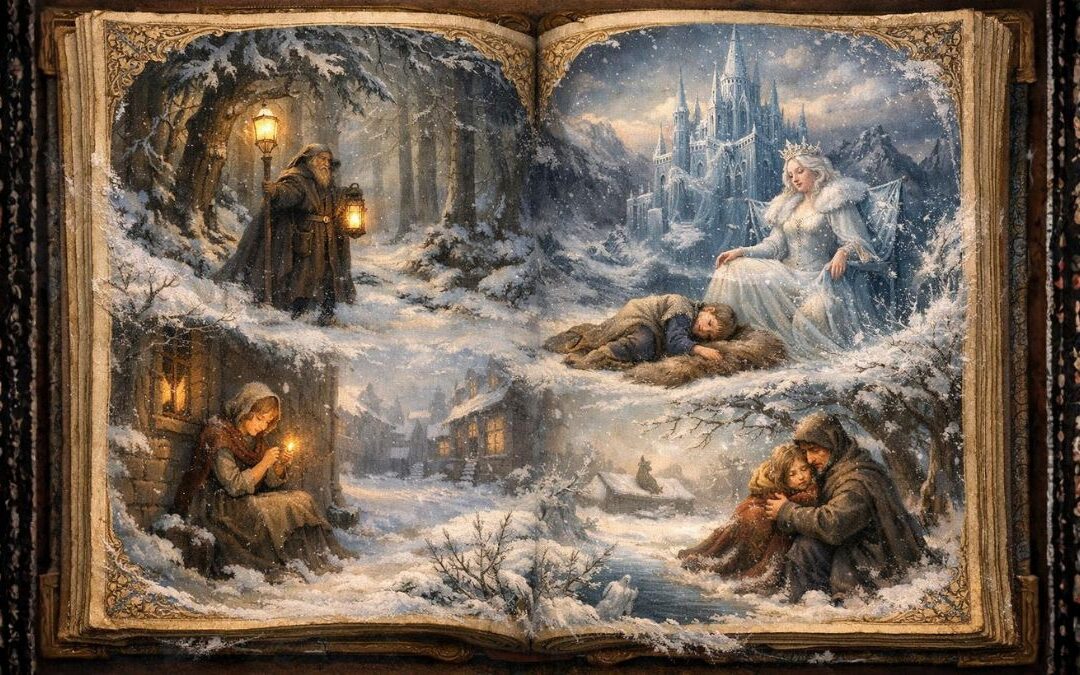SparkCast Episode
The SparkCast episode is not just a reading of the article below; it’s a lively discussion based on the topic of the article, so you don’t want to miss it!
Have You Thanked Your Brain Today?
Quick, without looking, can you touch your nose? Of course, you can. Can you imagine the layout of your bedroom? Easy. Can you feel the texture of the clothes you’re wearing right now? Yep. We do these things so effortlessly that we never stop to think about the incredible neurological gymnastics happening inside our skulls. A huge round of applause for these feats goes to a part of your brain that doesn’t always get the spotlight, but is absolutely essential to how you experience reality: the parietal lobe.
Where in the World Am I?
Think of the parietal lobe, located near the upper back of your head, as your brain’s master navigation and sensory integration center. Its number one job is to answer the constant, subconscious questions: “Where am I? Where are the things around me? And what am I feeling?” It takes the raw data from your senses—primarily your sense of touch—and weaves it into a coherent, 3D map of your world and your place within it. It’s the reason you can walk through a crowded room without bumping into everyone, grab your coffee cup without looking directly at it, and yes, touch your nose with your eyes closed.
The Somatosensory Cortex: Your Inner Touchscreen
Tucked within the parietal lobe is a strip of brain tissue called the somatosensory cortex. This is your body’s main processing hub for touch, temperature, pressure, and pain. What’s fascinating is that it’s organized like a map of your body, but a very distorted one. More sensitive areas, like your fingertips and lips, get way more processing power (and therefore, more space on the cortex) than less sensitive areas, like your back or your shins. It’s like having a super high-definition touchscreen for the parts of your body that you use to explore the world most.
More Than Just Touch: A Jack of All Trades
But the parietal lobe is no one-trick pony. It’s also crucial for a whole host of other skills. It plays a key role in language processing, helping you understand the spatial relationships in grammar (like the difference between “the dog is in the box” and “the box is in the dog”). It’s also vital for mathematics and calculation, as these often involve manipulating numbers and concepts in a mental space. When you’re reading a map, calculating a tip, or even just getting dressed in the morning, your parietal lobe is working overtime.
When Things Go Wrong: A Strange New World
To really appreciate what the parietal lobe does, it’s helpful to see what happens when it’s damaged. Someone with damage to a specific part of their right parietal lobe might develop a condition called “contralateral neglect.” They might simply stop acknowledging the left side of their world. They might only eat the food on the right side of their plate, only shave the right side of their face, or even deny that their own left arm belongs to them. It’s a profound and bizarre illustration of how our brain literally constructs our reality. Without the parietal lobe’s mapping abilities, half of the world can simply cease to exist.
Training Your Parietal Lobe
The good news is that, like a muscle, your parietal lobe’s abilities can be sharpened. Activities that challenge your spatial reasoning and sensory integration are fantastic workouts. Things like jigsaw puzzles, video games (especially 3D ones), learning to play a musical instrument, or practicing a sport that requires hand-eye coordination (like tennis or basketball) all give your parietal lobe a great workout. You are constantly building and refining that inner map of your world.
Your Bridge to the Physical World
So, the next time you effortlessly navigate a busy street, enjoy the feeling of a warm hug, or solve a tricky math problem, take a moment to thank your parietal lobe. It’s the silent, brilliant interpreter that takes a chaotic storm of sensory information and turns it into your seamless, coherent experience of the physical world. It’s the bridge between your inner self and the universe outside, and it’s one of the most amazing pieces of hardware you’ll ever own.
Final Thoughts
What activity do you do that you think gives your parietal lobe the best workout? Whether it’s sports, art, music, or something else, I’d love to hear about it in the comments below!
Discussion Questions
- How would your daily life change if your sense of spatial awareness was suddenly gone? What simple tasks would become incredibly difficult?
- The parietal lobe integrates information from our senses to create our reality. Do you think it’s possible for two people to have vastly different “realities” because their brains process sensory information differently?
- We often talk about “book smarts” vs. “street smarts.” How might the functions of the parietal lobe (spatial awareness, navigation, practical skills) relate to the idea of “street smarts”?
Speaking Challenge
Here’s a fun speaking challenge to engage your parietal lobe. With your eyes closed (be safe!), describe the room you are currently in. Take one to two minutes to describe the layout and the location of at least five objects in relation to each other.
- Hint 1: Start with your own position: “I am sitting in a chair in the middle of the room.”
- Hint 2: Use spatial language: “To my left, there is a bookshelf. In front of me is a desk, and on top of the desk, to the right, is a lamp.”
- Hint 3: Try to add sensory details if you can remember them: “The wall behind me feels slightly cool.”
This exercise forces you to access that mental map your parietal lobe has created. Good luck!












0 Comments